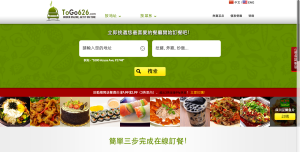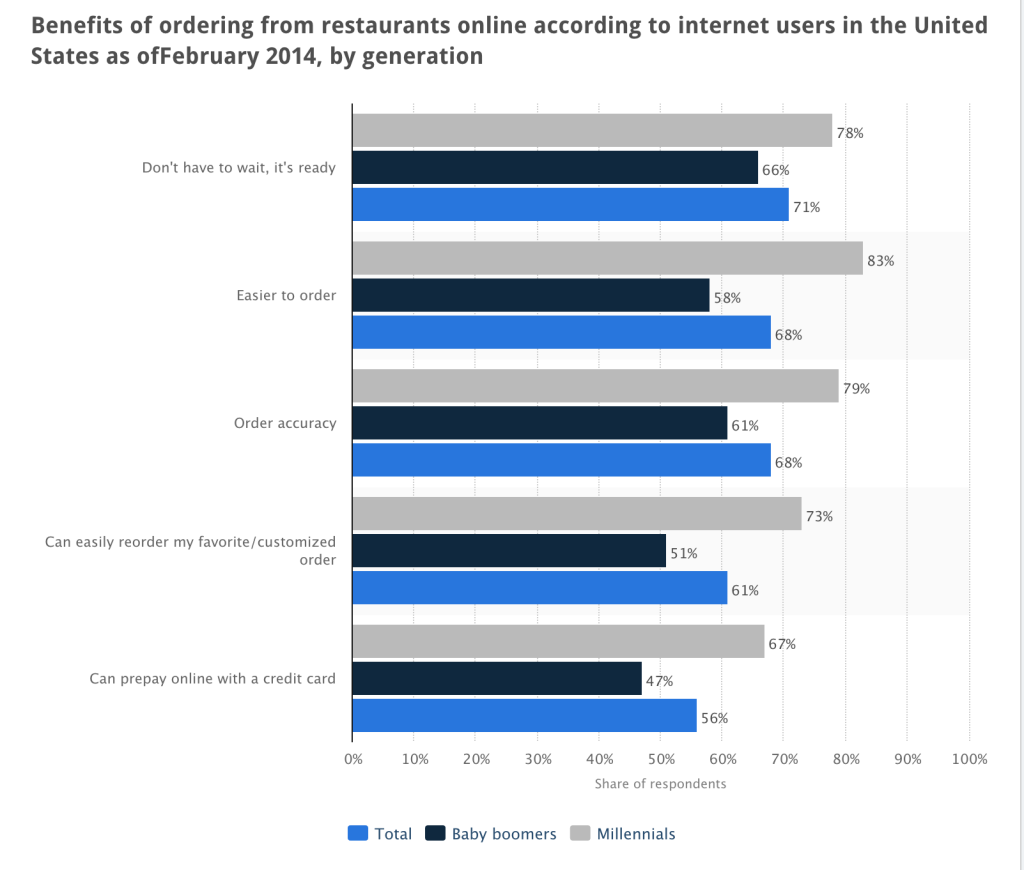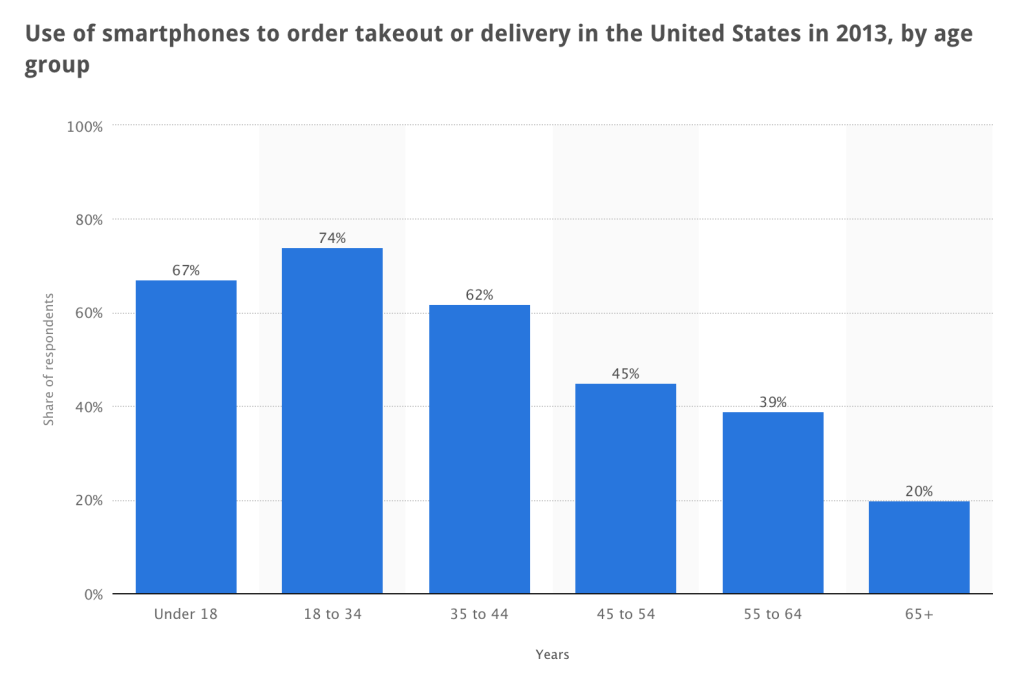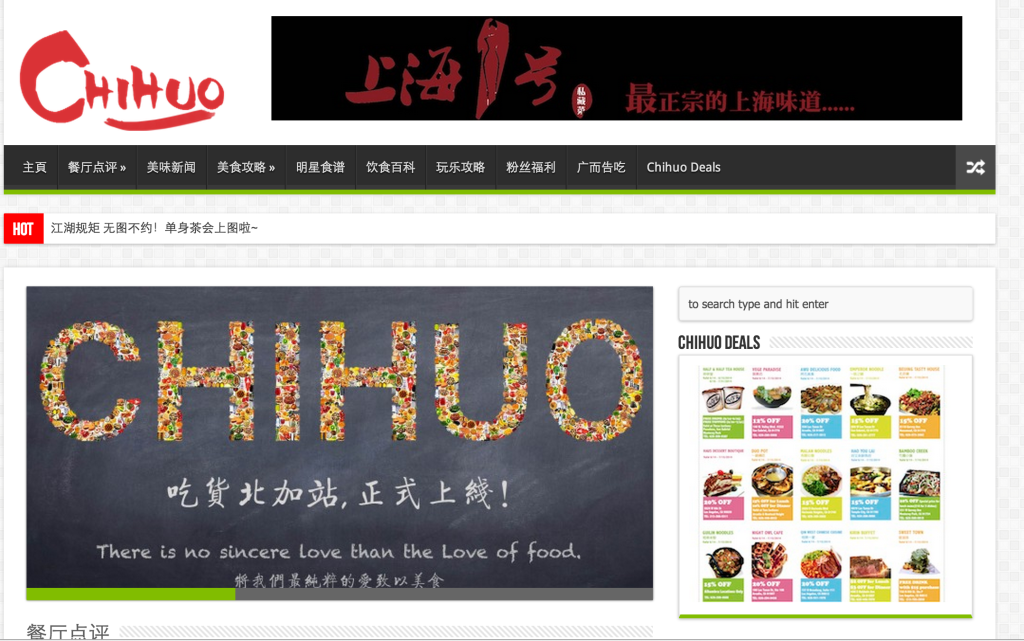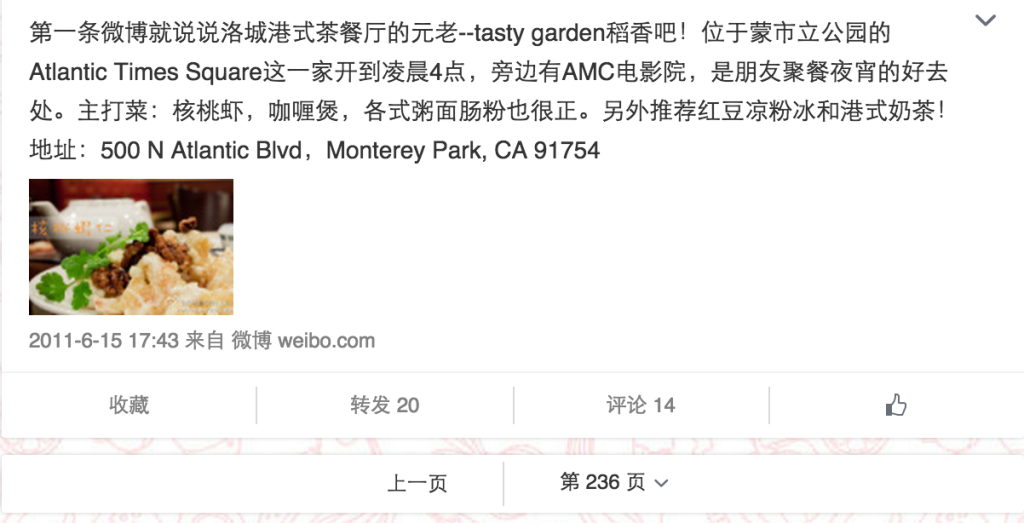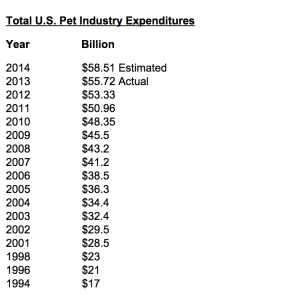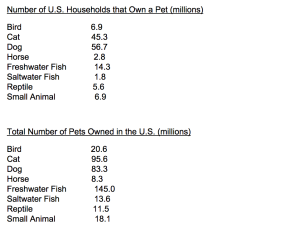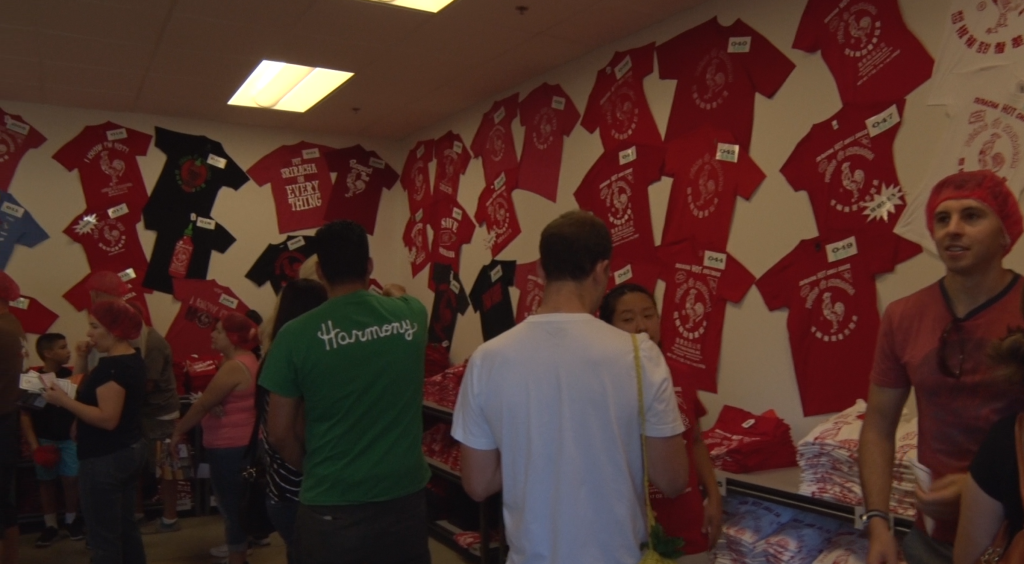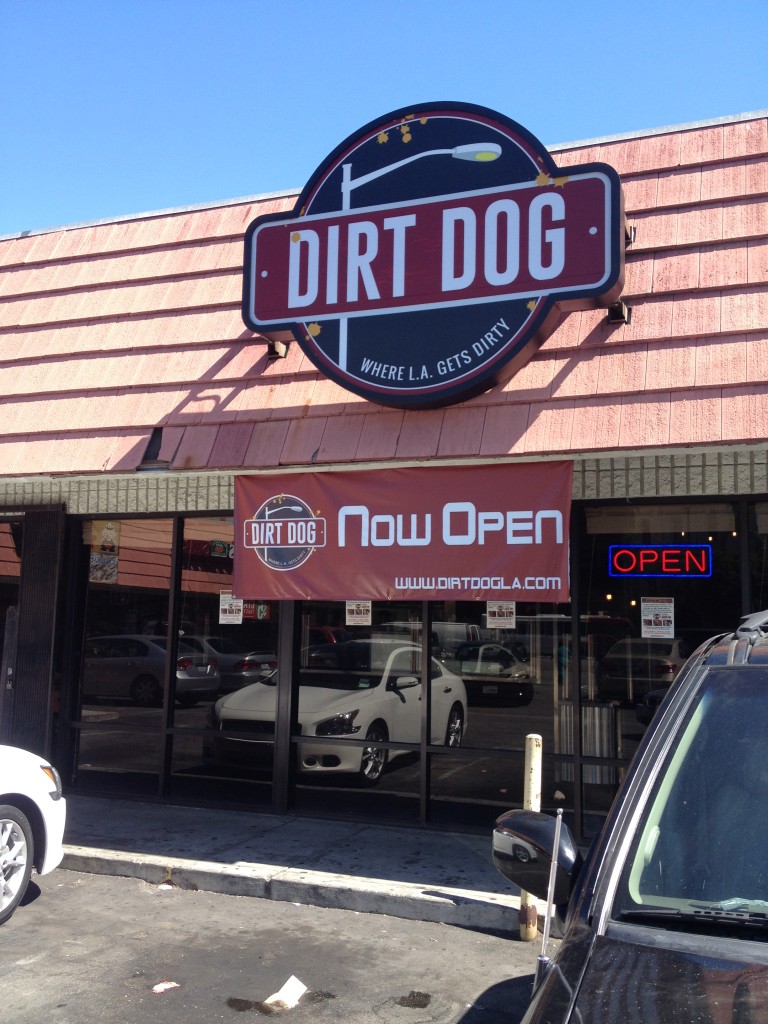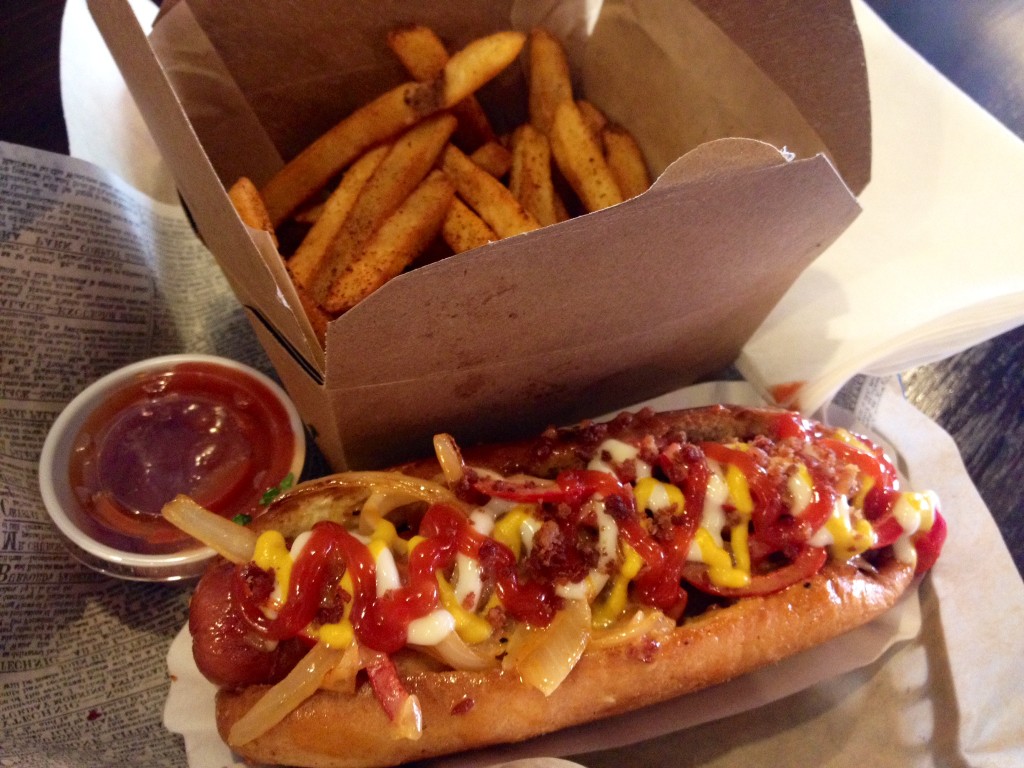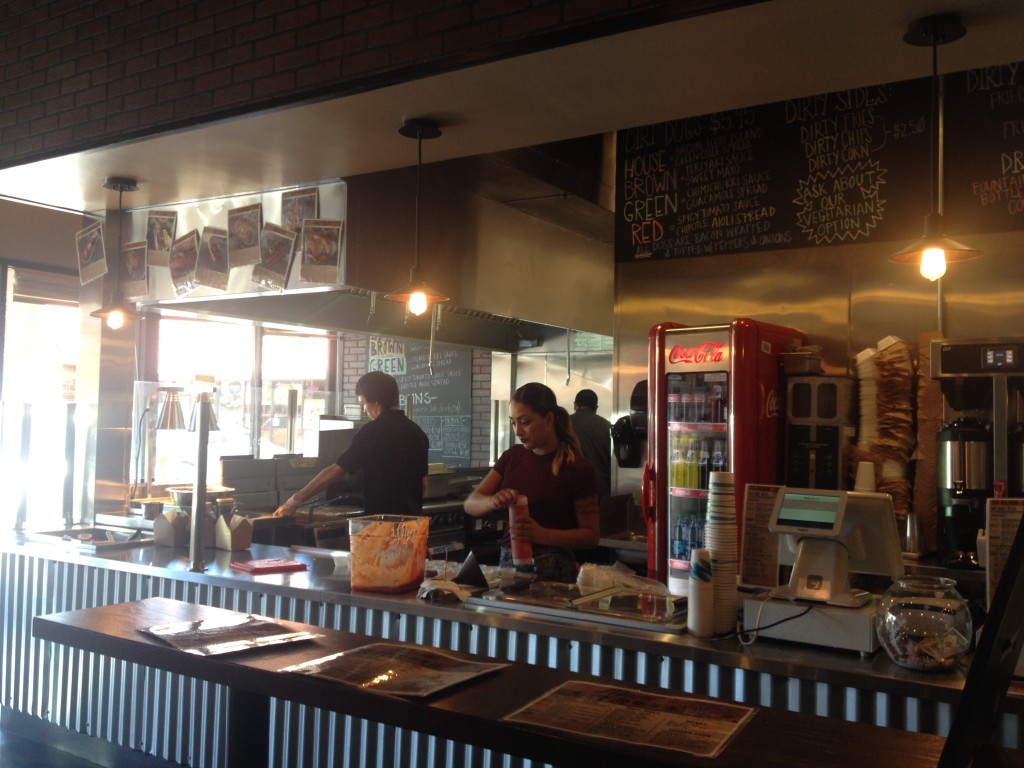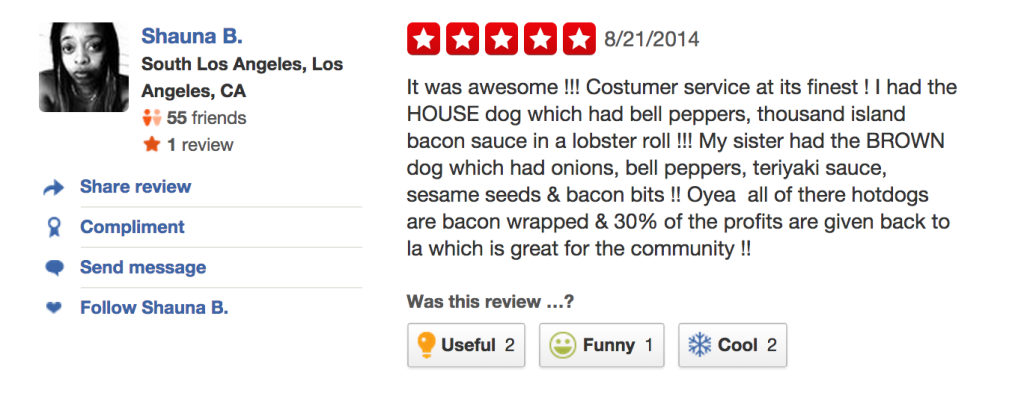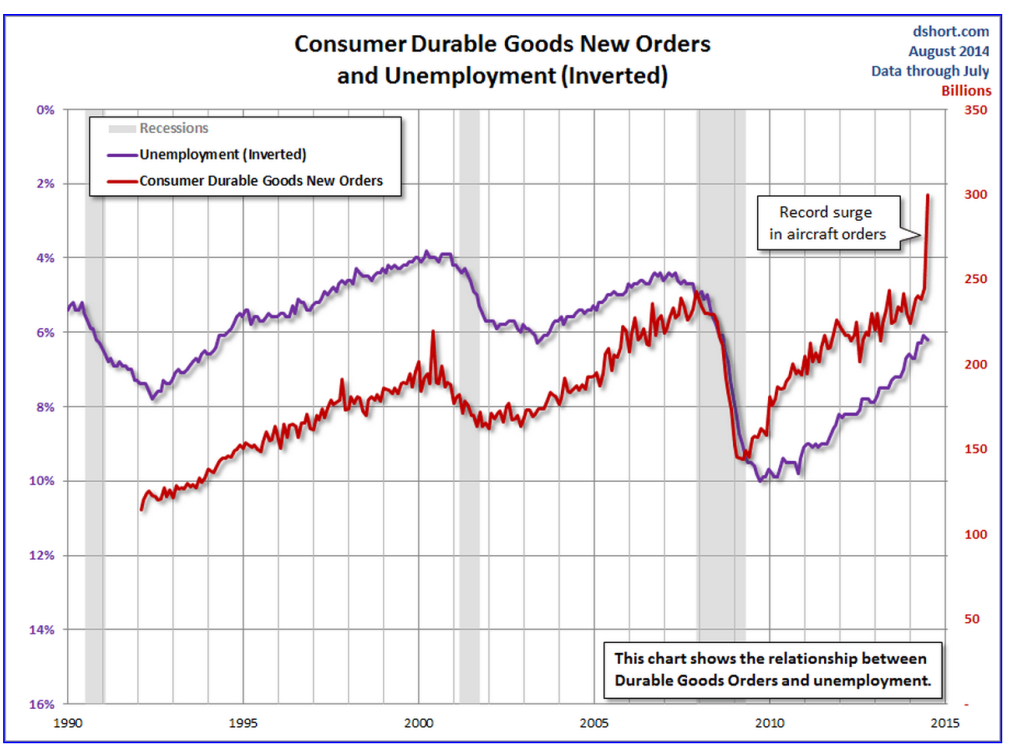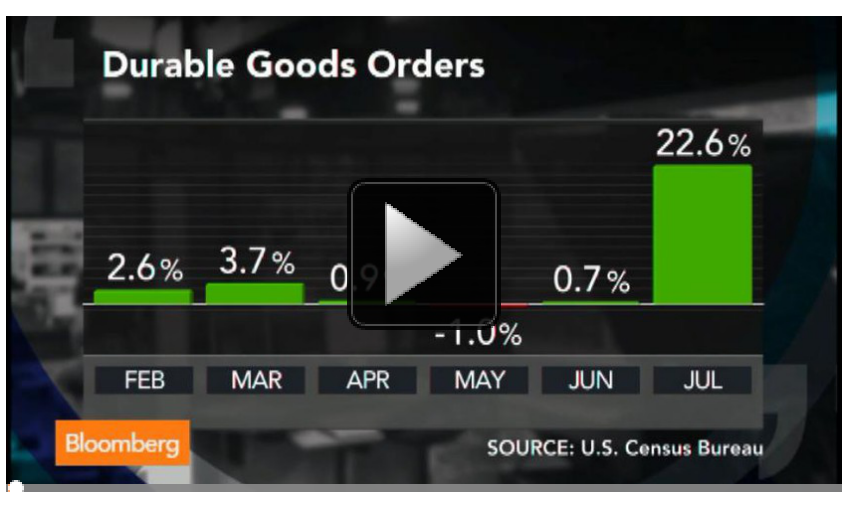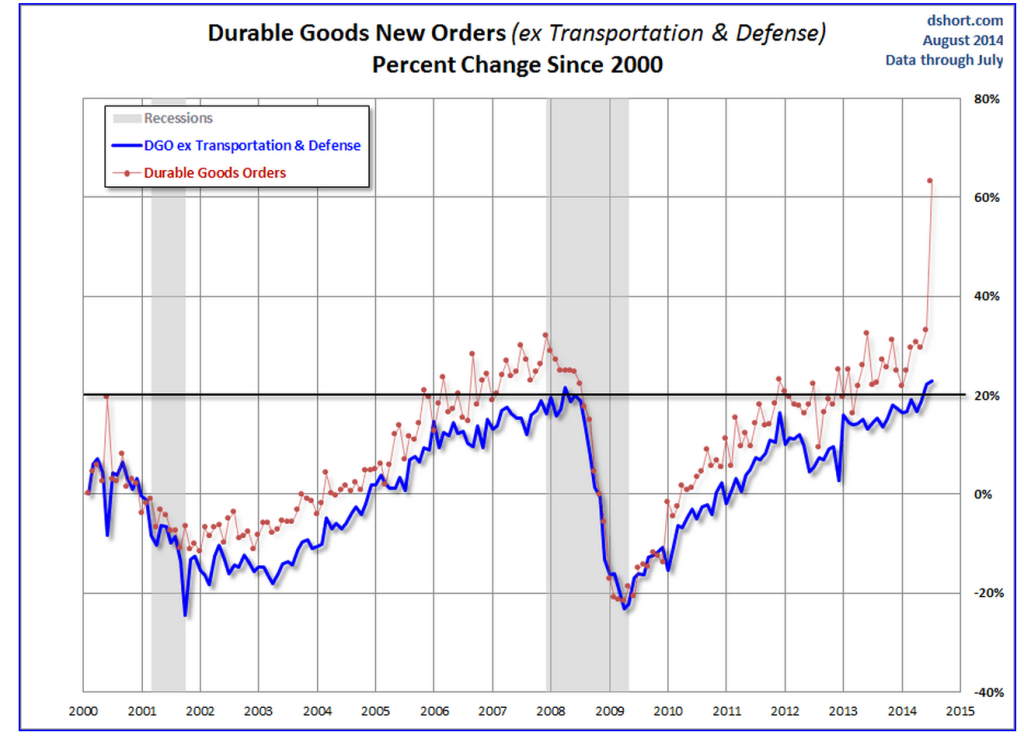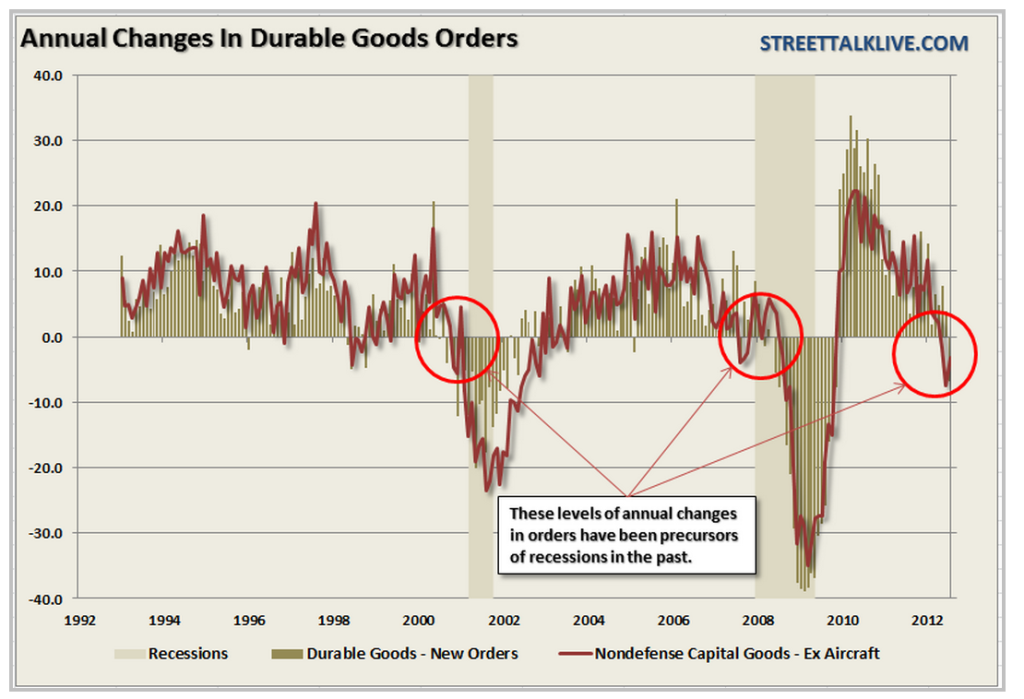At 6 p.m. on a Wednesday, things were desolate outside New Great Wall Books and Culture on North Broadway in Chinatown. In the past half an hour, one customer stopped into the bookstore, buying a 75-cent newspaper.
“It maybe the worst Chinatown in America. I think it’s already in the worst situation. Cannot be worse,” said Yupeng Yu, store manager.
Businesses are struggling, and residents are leaving. The now 75-year old Chinatown in downtown Los Angeles seems to be losing visitors as well as its Chinese taste. The question is why.
“Many stores close just after 6. We are waiting to die,” said the owner of NOM-HOA Fish Market, who refused to reveal his name.
Some local workers blame the downturn on a lack of parking, others focus on the competitive edge of Chinese restaurants and shops in the San Gabriel Valley.
“Young people are leaving,” a clerk in NOM-HOA Fish Market said, “Old people cannot drive. They are left here.” He has worked there over 10 years and witnessed the demographic changes in Chinatown.
According to an urban planning report released in 2013 by University of California, Los Angeles, in the 2010 Census, almost a quarter of Chinatown’s population is above the age of 65, significantly higher than the ratio of Los Angeles County’s (11 percent).
Inside NAM-HOA Fish Market is a huge poster that states, “ NAM-HOA Fish Market Inc. moving soon to 711 ¼ New High Street, LA, CA 90012.”
“We have rented the place over 30 years. The landlord suddenly wants to raise the rent. I don’t understand. We cannot afford it anymore. We have to move,” the clerk said.
The same thing happened to residents, too. On one hand, more and more Chinese new immigrants flood into Los Angeles. Chinatown with limited space cannot harbor them anymore, so they have to find other places to live. On the other hand, high rent and crowed apartments in Chinatown force original residents to find other affordable housing.
As early as 1970s, Chinese have begun to move eastward to the West San Gabriel Valley. According to Association of American Geographers, Chinese, Taiwanese, and Chinese-Vietnamese in Monterey Park, Arcadia, Alhambra and Rosemead have comprised 46 percent of the four cities’ total population.
“I live in Monterey Park. It’s cheaper to live there. And my children can have education from kindergarten to high school without moving,” Liya, who owns a fashion shop in Chinatown, said. In her neighborhood, 8 out of 10 households are Chinese.
Moving along with Chinese people are the businesses and services. Chinese restaurants, supermarkets, bakeries and KTVs are gathering in West San Gabriel valley, forming a “new Chinatown”.
“Even many Chinese people here hang out in San Gabriel Valley at night,” Yu said, “So the stores in Chinatown cannot get so many people.”
Compared to the “new Chinatown” in West San Gabriel Valley, the restaurants and services in Chinatown have limited choices but higher prices. Many Chinese are reluctant to make purchases here.
Liya says her customers are mainly Philippines, African-Americans and whites, but she barely has Chinese customers.
“My business is fair. But the shops near me are closing one by one.” Liya said.
There used to be a shoe store facing Liya’s fashion shop, but now the door is tightly closed. A glimpse through the dusty windows reveal an abandoned mess of shoes and shoe racks.
Last June, Empress Pavilion, a restaurant popular for dim sum, was evicted from Bamboo Plaza after running for 24 years. The eviction came after a combination of low sales and unaffordable rent.
Empress Pavilion’s leaving caused a chain of shutdowns in Bamboo Plaza. Now there are only two shops still open on the first two floors.
Los Angeles Chinatown Business Council refused to talk about the current situation in Chinatown and its future development plan.
Chester Chong, president of Chinese Chamber of Commerce of Los Angeles, thinks to improve the current situation, businesses in Chinatown should be more open-minded to welcome mainstream companies like Wal-Mart, which can bring in more visitors to Chinatown.
Chong is also working actively with city council members and Chinatown community leaders to develop more parking lots. “When you have convenient parking, people will come in,” he said.
Although facing fierce competition with businesses in other Chinese community, Chinatown, Chong said, is the only place that promotes real Chinese culture.

